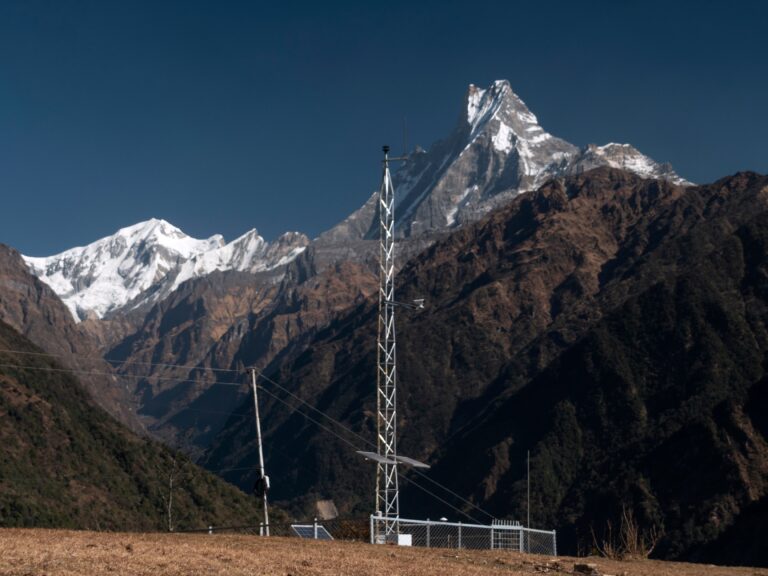KATHMANDU: Internet users across Nepal experienced widespread disruption last night, affecting both state-owned Nepal Telecom and private internet service providers (ISPs). The sudden outage left millions without connectivity, causing inconvenience for businesses, students, and individuals reliant on digital services.
What Caused the Internet Disruption?
According to industry sources, the disruption was linked to outstanding payments exceeding 6 billion rupees to Indian telecom giant Airtel for internet bandwidth. As a result, several ISPs in Nepal, including Worldlink, DishHome, Ncell, and Vianet, faced service failures.
Hari Dhakal, Manager and Spokesperson for Nepal Telecom, confirmed that the issue stemmed from Nepal’s dependence on Indian companies for internet bandwidth. He stated that an investigation is underway to address the technical and financial aspects of the problem.
Impact on Businesses and Daily Life
The internet blackout significantly affected multiple sectors:
- Business and Finance: Online banking, digital transactions, and e-commerce operations were severely hampered, causing delays and financial losses.
- Education: Online classes and virtual learning platforms were disrupted, affecting students and teachers across Nepal.
- Communication: Many individuals relying on VoIP services and social media platforms for communication faced major inconveniences.
- Entertainment & Streaming: Popular streaming services and online gaming platforms saw service failures, frustrating users.
For many Nepali citizens, the outage highlighted the country’s heavy reliance on foreign bandwidth providers, raising concerns about digital infrastructure and cybersecurity.
Nepal’s Internet Dependency on India
Nepal does not have direct access to submarine internet cables, making it highly dependent on India for bandwidth supply. Indian companies, including Airtel and Tata Communications, provide most of the internet bandwidth to Nepali ISPs. Any financial or technical issue with these companies directly impacts Nepal’s internet connectivity.
In contrast, countries like Bangladesh and Bhutan have diversified their internet sources by establishing multiple submarine cable connections. Nepal has been considering similar initiatives, but implementation remains slow due to financial and geopolitical challenges.
Potential Solutions and Government Response
To prevent future disruptions, experts suggest Nepal should:
- Diversify Bandwidth Sources: Establishing direct internet exchange agreements with multiple countries, including China and Bangladesh, could reduce dependency on a single provider.
- Strengthen Domestic Internet Infrastructure: Developing a robust local internet backbone and data centers can ensure uninterrupted connectivity even during external disruptions.
- Government Oversight on ISP Payments: A regulatory framework ensuring timely payment to bandwidth providers can prevent sudden service suspensions.
Meanwhile, the Nepal Telecommunications Authority (NTA) is reportedly in discussions with ISPs and government officials to find a long-term solution to Nepal’s internet reliability issues.
What’s Next for Nepal’s Internet Future?
With digital transformation accelerating in Nepal, a stable and reliable internet connection is more critical than ever. The recent outage serves as a wake-up call for authorities and ISPs to strengthen Nepal’s digital infrastructure and explore alternative internet routes.
For the latest updates on Nepal’s internet situation and other breaking news, visit Nepal Monitor.


